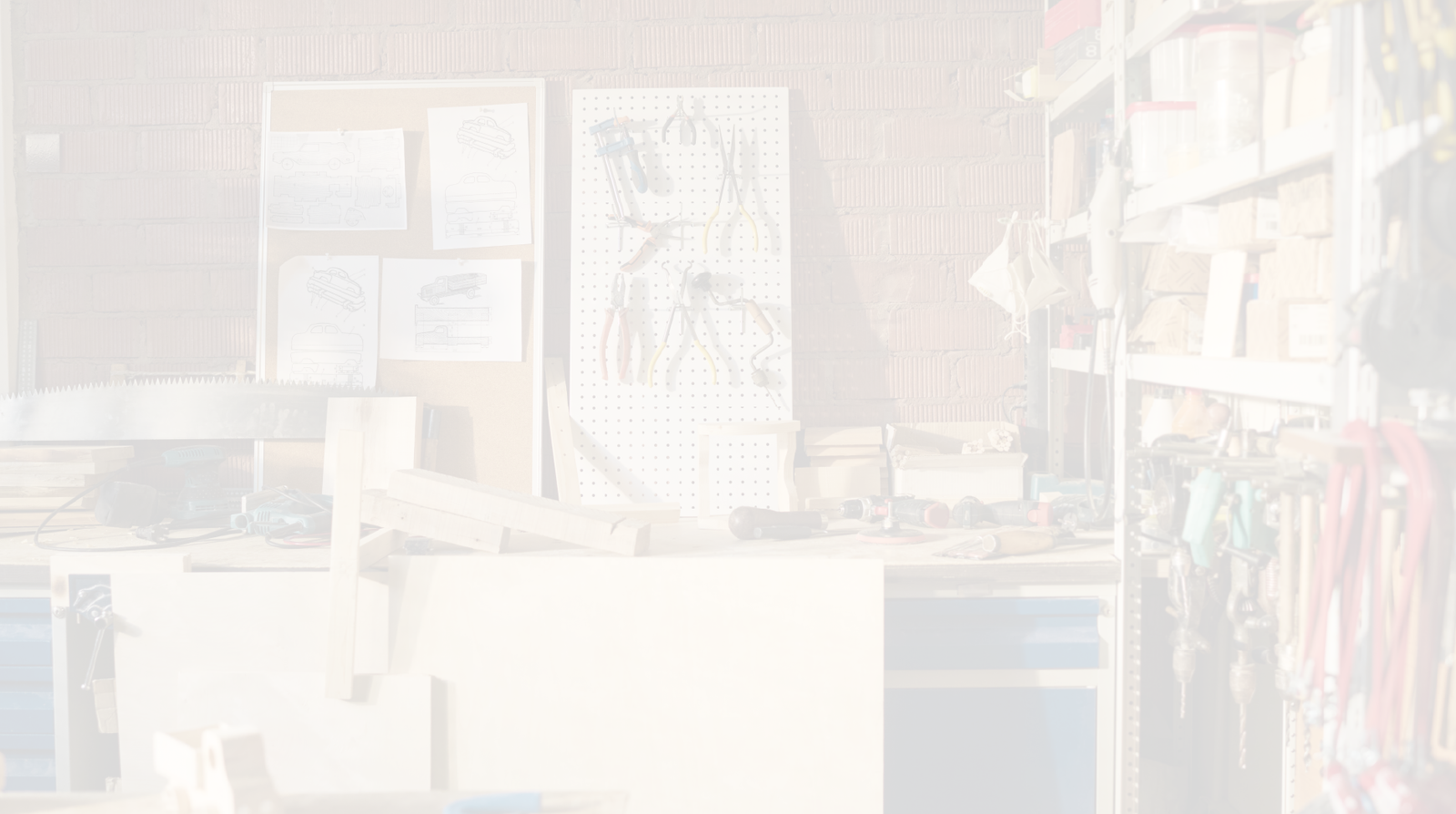One of the most dedicated ways of showcasing artwork is by holding an exhibition, whether it’s by a museum, a library, an exhibition hall, or… you.
Yes—while art exhibitions are most often ascribed to curators and gallerists, it’s entirely possible for an exhibition to be hosted with a smaller backing, like a single artist or a band of art lovers, and even without past or much experience at that.

In this guide, we go all out and walk you through each step to success, from developing a theme for your exhibition to sourcing the picture hanging hardware you need, whether you’re an artist or an enthusiast, a first-timer or a practiced exhibitor building on your know-how.
Let’s get exhibiting!
Table of contents
Part 1: Pre-exhibition
So you’ve pulled the trigger, and the next several months will soon be dedicated to preparing an art exhibition, perhaps all on your own. But fret not—you have us!
Most of the work you put in will be during the preparation stage, that is, the pre-exhibition period leading up to D-day. So, what does this whole process entail? As you read on, deliberate your course of action with each step, and remember to enjoy it!
1. Collaboration or solo?
First things first. Who are the exhibitors of this show? If you are an artist, you might be looking to do a solo exhibition, where practically all of the work will be done by you and you alone. This means not only organizing, setting up, and promoting the event, but most importantly, all the works to be exhibited will be prepared all by your lonesome. A solo show is therefore a much heavier load and may take more time, but control over the project will also be exclusive to you.

For artists, it’s also common to collaborate with other artists. You can invite others on your initiative, or reach out to other artists to join their exhibitions. You may also simply have the idea to create a platform for artists to exhibit their work without being an artist yourself. In this case, the first step would be to invite the artists you have in mind or anybody interested in being an exhibitor.
2. Think up a theme.
Depending on whether you’re doing a solo show or not, this step may also come first, before you tap artists to work with you. Essentially, what do you want the exhibition to be about?
Just putting together a collection of artwork is not enough—there must be something to unite them, conveyed through the art or the artists themselves. It could be a story, a phenomenon, a technique, or a feeling. Be specific and give it a name that lends the event a worthwhile and exciting impression.
As you go along the rest of the pre-exhibition period, the theme you decide on will shape a stronger sense of purpose and direction for both you and your audience. Take inspiration from other art exhibits and learn how to drive your point home with your chosen theme.
3. Book a venue.
The right space for your exhibition should have enough open area, light, and wall space. Where can you find the right space? Exhibitions are usually held in:
Art galleries
Museums
Universities
Event or conference halls
Libraries
Studios
Warehouses
Restaurants and cafes
Private homes

Yes, you can even host it in your own home with enough room. Your exhibit venue doesn’t have to be the customary gallery either; you’ll find that local coffee shops, bakeries, restaurants, and other establishments will be willing to host art collections and may even have a program in place for it already. Connect with places and people in your local community, engage with arts councils and art associations, and don’t forget to bring your portfolio. Your application or proposal will describe your exhibition and present its title, who the exhibitors are, your professional biography, and of course, samples of your work.
4. Layout and budget.
Now that your exhibition venue is settled, establish your budget for the show. You might have already allocated an amount for the space rental in the previous step, but aside from that, you should also set aside funds for art supplies and framing materials. Some venues, especially galleries and museums, may also already have equipment you can utilize to make the process of mounting art and taking it down later easier, like display grids, movable panels you can drill on, and pedestal display cases. Make sure to inquire ahead of finalizing your budget.
With the space finalized, you can also start planning the exhibition's layout. Scout the place you booked in advance, familiarize yourself with the floor plan, and design how the show will look from the perspective of a guest.
Keep it up—you’re almost there!
5. Promote, promote, promote.
The quickest way to promote a public event is by making noise about it online. Create a Facebook and/or Instagram page solely for publicizing the exhibition, then build hype by sharing more and more information about it leading up to show day and reposting on your own social media. Ask your network and circles to help promote the event on their social media as well.

Then it’s time to promote your exhibition in person. Print out posters and flyers with all the relevant details, i.e. the date and time, location, dress code, food and drinks to be served (if they are), and the entrance fee if you are charging one. Then, put them up in cafes, coffee shops, restaurants, local universities and art schools, and public bulletin boards. You can also go big and publish a press release to newspapers, radio stations, news networks, and cultural and art sites.
6. Prepare the art.
By now exhibition day is a couple of weeks or so away and your nervousness and excitement are ramping up. Get the artwork to be exhibited ready by starting on any printing and framing that needs to be done. Will you be framing each piece? Is every work for hanging on the wall or not? Here are some guides that can help you along:

At this point in time, you should also begin sourcing any picture hanging hardware you may need. We recommend these essential hanging hardware plus tools to start:
Gallery system - For expansive, vertical layouts
Picture wire - Durable steel wire for hanging art
Picture hooks - The most common way of displaying art
French cleats - For bulky artwork
Security kit - Special art-locking hanging hardware
Plinths - For artwork displayed away from the wall, like sculptures
Ceiling hooks - For suspending works from the ceiling, such as a photo series
7. Provide refreshments and music.
On opening night, some light food and drink will help keep guests in good spirits as they explore the exhibition and engage with the exhibitors. Simple finger food and light beverages and wine will do, but consider bringing a caterer on board if you have a big guest list. Prepare some music for ambiance and entertainment as well. You can provide live music, too, as long as it remains in the background and doesn’t attract more attention than the show.
8. Display the art.
Finally, it’s time to hang up your showpieces. Allot at least a whole day or two to this step as it takes time to mount several, let alone dozens, of pieces so they are ready for the optimal viewing experience. Always remember to position pieces on the line, or at eye level, approximately 57-60 inches centered from the floor. Get more specific pointers from this guide: How to Hang Pictures and Art Like a Pro

And of course, don’t forget to label your works. Each label should indicate the title of the artwork, the artist’s name, dimensions, medium, date completed, and the price (if for sale). You can also add an artist profile and/or a brief description of the work. Give your labels a neat and professional look by positioning them using sign standoffs.
Part 2: Exhibition Period
It’s show time! The preparations are in place and the day has come for your hard work to pay off.
Dress for the occasion and mingle with visitors as you welcome them. Have a pen and clipboard ready too for any successful sales. If your venue requires a commission, especially commercial art galleries, take the cost into account when determining your pricing so you can cover it at least partly.

Your exhibition may run for several weeks to a few months. This means a lot of gallery or exhibit sitting. If you’re exhibiting with a group, you can take turns watching over the works and talking to prospective buyers. If you’re doing it solo, you can expect to spend much of your time just sitting around until the exhibition is over. Try asking any kind friends or loved ones to take over for you as a favor every now and then so you don’t go nuts in the meantime.
Part 3: Post-exhibition
Congrats! You’ve come to the end of your very own art exhibition. Remove the artwork with care, clean the space, and spackle the walls. Set aside purchased works and contact your buyers so they can pick it up and you can turn the artwork over in person. If not, you can also schedule a delivery for them. Then, don’t forget to send your thanks to the venue owner.
Post about the successful show on your social media, thank everybody who came, and maybe even ask your followers to stay tuned for your future projects. Then celebrate and take a breather!
Final thoughts
It takes a mountain of effort to host an art exhibition, especially if you take it on as a solo endeavor. But the months of planning, promoting, and hair-pulling make it all worth it. In the process, you find many opportunities to grow your community, earn publicity for your craft, and above all, express your love for art.
With the help of this guide, we wish you the best of luck on your art exhibition—let us know how it goes, and happy hanging!







Leave a comment (all fields required)